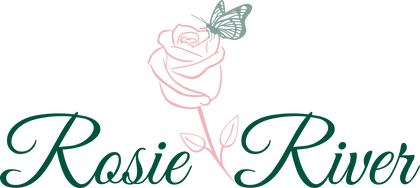If you’ve purchased children’s pajamas recently, you probably noticed the big yellow hang tag that states:
So what does this tag mean and why does it exist anyway?
To answer those questions we have to start from the beginning.
In the 1940’s, sweaters and children’s cowboy chaps (yes, I said chaps) were made out of rayon fabric that caught on fire and burned easily. As a result of this, many children were injured or lost their lives. Naturally, people weren’t happy about the tragedies that were occuring due to the clothing catching fire, so the government passed the Flammable Fabrics Act in 1953. The act was put into place to regulate the manufacture of highly flammable clothing, such as the brushed rayon sweaters, children’s cowboy chaps and additionally, children’s sleepwear.
Children’s sleepwear at that time was loose fitting. Think long flowy nightgowns. The thought was that if the child were to accidentally come into contact with a flame, the air between the child’s skin and the garment would feed the fire and cause it to ignite. Enter the CPSC (Consumer Product Safety Commission). The CPSC required that all children’s sleepwear for children over 9 months of age be flame retardant. In order to achieve this, the pajamas needed to be made of a flame resistant material such a polyester OR they needed to be treated with toxic flame retardant chemicals.
Many manufacturers chose to use flame retardant chemicals for their pajamas to achieve flame resistance. This lasted for years until in the 1970’s, Arlene Blum, a researcher at the University of California, Berkeley published papers asking to ban the use of two of the most commonly used flame retardants. According to Arlene, brominated tris and chlorinated tris caused mutations in DNA when absorbed through the children’s skin via pajamas. Though tris is still used as a fire retardant today, it was banned from being used in children’s sleepwear in 1977.
“Safer” fire retardant chemicals were introduced but they too would be found to be unsafe for use in children’s sleepwear. Finally in 1996 the regulations were revised and the CPSC introduced a loophole to the children’s sleepwear regulations.
Children’s sleepwear does not have to be fire resistant as long as they are snug fitting.
How does this stop pajamas from catching on fire?
The CPSC guidelines require that children’s sleepwear be flame-resistant and self-extinguishing to prevent burns. When pajamas meet the tight fitting requirements they do not ignite easily if the child comes into contact with a flame. Where the loose fitting pajamas fed oxygen to the flame between the clothing and the child’s skin, the snug fit minimizes the amount of air circulating and therefore kills the flame. This is why you will find that many companies don’t offer nightgown options.
So why are these regulations only for children aged 9 months and up?
Babies under 9 months of age are generally not mobile so it’s unlikely they will bring themselves into contact with an open flame. Because of this, sleepwear for infants up to 9 months does not require the same standards be met. They can be loose fitting and still not have to be treated with genetic altering chemicals. However, there are still regulations in place to ensure an infant’s safety. The biggest regulation in place is the length allowed for their pajamas. You’ll be surprised to find that not all pajamas on the market today meet these standards. Like the much loved knotted gown.
Next time you pop the yellow tag off your kiddo's new pajamas, rest assured that Rosie River chose to make their pajamas with a snug fit to avoid all the nasty chemicals. We are CPSC compliant which means not only is your children's clothing tested for flammability, they are also safety tested and lead tested.


